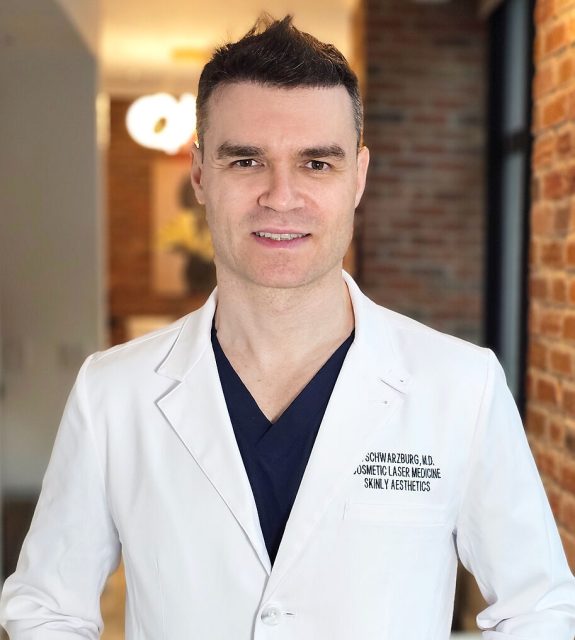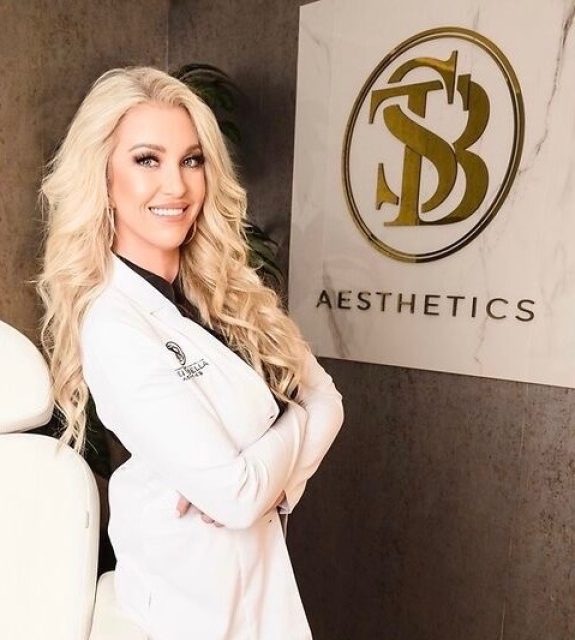Dr. Brittany Dickinson is one of the finest cosmetic dentists in the city of Chicago. A graduate of the University of Florida, as well as the London School of Economics, Dr. Brittany loves continuing her education year after year. She holds degrees in Microbiology, Molecular Biology, Business, and Medical Sciences in addition to her dental education. She has several publications in the field of Periodontal Disease research and is a graduate of numerous additional cosmetic programs including The Dawson Academy in Tampa, Aesthetic Advantage in Manhattan, and FMR Full Mouth Rehabilitation. She is also an American Academy of Facial Aesthetics certified injector for Botox and Fillers.
 Photo Credit: Shutterstock
Photo Credit: Shutterstock
Our teeth are just as fragile as our bodies. As our bones can break so can our teeth fracture. Here Dr. Brittany Dickinson dives into the causes, diagnosis, and treatment necessary if your teeth happen to fracture, which is a common occurrence in her office.
What causes teeth to fracture?
Sometimes teeth fracture suddenly due to accidents like slip and fall (very common in Chicago, where my office is), or biting into something hard (seed or ice) can do the trick. More commonly, teeth fracture over time from grinding and clenching. While we are asleep, the pressure sensors in our brain are turned off and our jaw is able to clamp down much more strongly than we would if we were awake.
How is a fractured tooth diagnosed?
A fractured tooth can sometimes be seen with the naked eye. Whether a piece is missing, or there is a piece of the tooth moving, you can see it just by looking in the mirror. Many fractures are cracks that are undetectable visually. For these, we have a few tests we can run in the dental office and we also take a 3-D X-ray called a cone beam. On these X-rays, we can see the tooth from all angles and look for a crack.
Is there a tooth that is more likely to fracture?
Our back teeth are more likely to crack than our front ones. The reason for this is that they take more of the biting force. If you think about the jaw like a hinge, the very back teeth are closer to the hinge axis and take much more pressure than the front teeth. Second molars are the most common, followed by premolars. Without getting too far into "dentist-speak", the premolar teeth are likely to interfere with complete closure of the jaw. When you're awake, the jaw shifts around to get more teeth to touch, but when you're asleep, the jaw can actually grind on that tooth as if it is trying to put it into a better position. This can feel like there is a cavity between your teeth when there isn't one. Over time, the stress on this tooth will cause it to crack.
 Photo Credit: Shutterstock
Photo Credit: Shutterstock
Can a tooth fracture heal on its own?
Unfortunately, no. Once the tooth is cracked, it does need to be fixed by a dentist.
What are the main concerns if a tooth fracture is left untreated?
The main concern for leaving a cracked tooth untreated is that it will never get better, only worse. If a fracture is caught early (before pain) it can be a very easy fix. If there is pain with the crack, fixing it becomes more expensive and time-consuming.
Can a fractured tooth be saved? If it can’t, what's the next step?
A fractured tooth can usually be saved. Typically, if there is no pain, the tooth will only need a crown to act like a helmet protecting the tooth and keeping the crack from spreading. If there is pain, the tooth likely needs to have the nerve cleaned out with an endodontist before having the crown put on. In other cases, the fracture has already extended down the root and the tooth cannot be saved. In this case, the tooth will need to be removed and replaced with an implant.





















